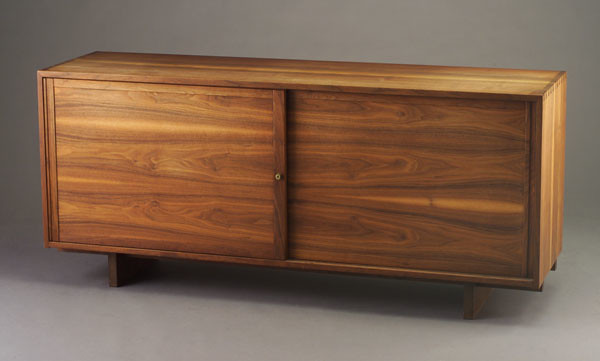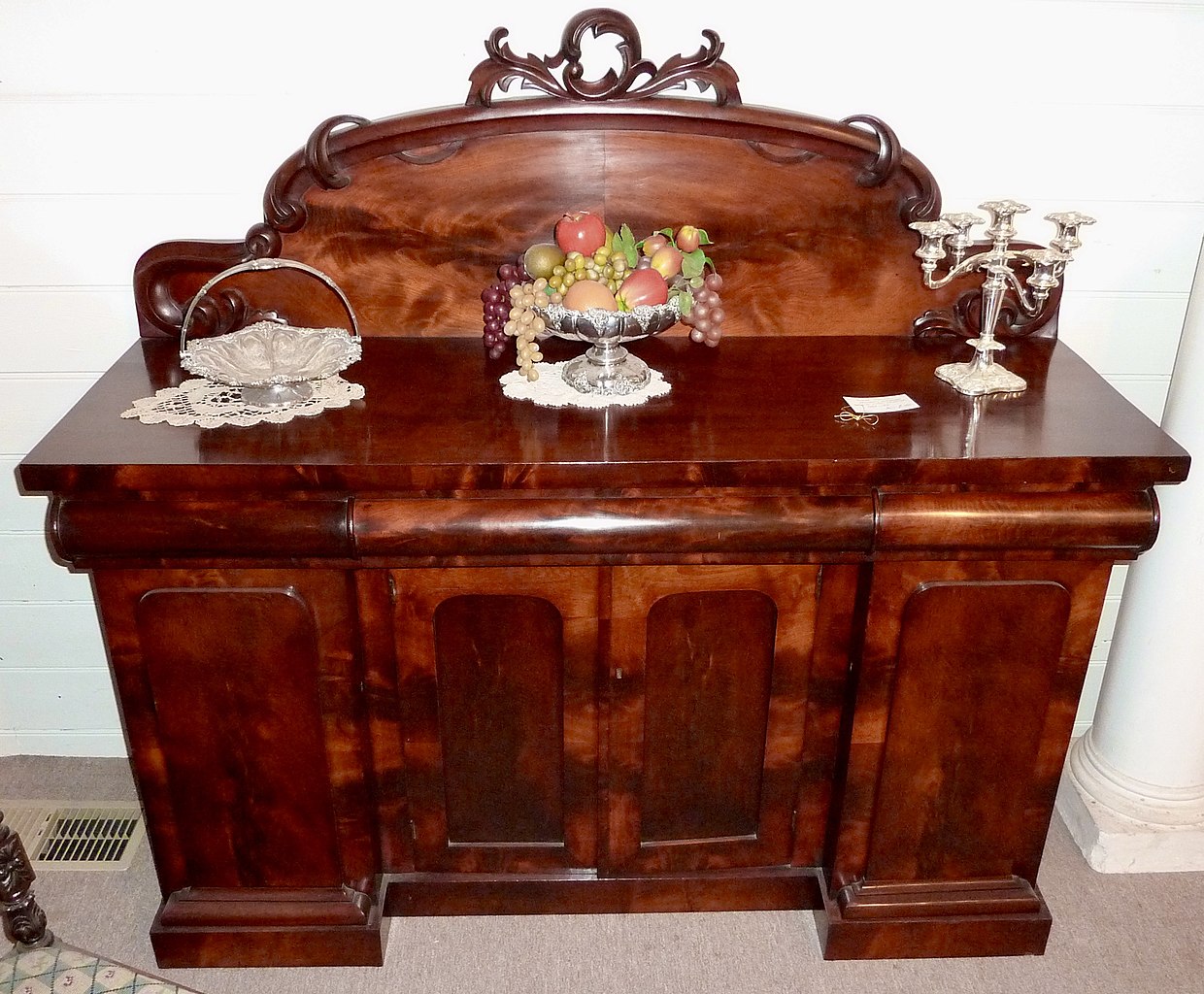When it comes to crafting fine furniture, the choice of wood is a critical decision that can significantly impact the final result. Two popular options that often spark a heated debate among woodworkers and furniture enthusiasts are walnut and mahogany. Both woods are renowned for their beauty, durability, and versatility, but they also have distinct characteristics and advantages that make them unique. In this article, we will delve into the debate of walnut vs mahogany for fine furniture, exploring their properties, workability, environmental impact, cost, and more, to help you make an informed decision for your next furniture project.
Properties and Appearance
Walnut and mahogany are hardwoods that are highly valued for their natural beauty and unique characteristics. Walnut is known for its rich, dark brown color with beautiful grain patterns that vary from straight to curly or wavy. It has a smooth texture and can exhibit stunning figure and figure patterns, making it a highly sought-after wood for fine furniture. The heartwood of walnut is typically dark brown, while the sapwood can range from light yellow to pale brown. Over time, walnut can develop a rich patina that adds to its overall aesthetic appeal.

On the other hand, mahogany has a classic reddish-brown hue with darker streaks, and it may also exhibit a lustrous sheen when properly finished. It has a straight to interlocked grain pattern with a fine texture, which gives it a smooth and elegant appearance. Mahogany also has a distinctive “ribbon” stripe figure that is highly prized for furniture making. The heartwood of mahogany is typically reddish-brown, while the sapwood can be pale yellow or pinkish-brown.
Durability and Stability
Both walnut and mahogany are known for their durability, making them suitable for fine furniture that is expected to withstand daily use and last for generations. Walnut is a medium-density hardwood with good strength and stability. It is resistant to warping, twisting, and splitting, and it has a moderate decay resistance. Walnut also has good shock resistance, which makes it a suitable choice for furniture that may be subjected to impact or heavy use.
Mahogany, on the other hand, is a harder wood with excellent stability and durability. It is known for its resistance to warping, twisting, and shrinking, and it is less prone to movement due to changes in humidity and temperature compared to other hardwoods. Mahogany also has a high resistance to decay and insect infestation, making it a durable option for furniture that may be exposed to moisture or pests.
Workability
Both walnut and mahogany are known for their excellent workability, making them favored choices for furniture makers. Walnut is relatively easy to work with hand tools or power tools, and it can be machined, turned, carved, and shaped with ease. It also holds nails and screws well, and it takes stains and finishes beautifully, allowing for a smooth and flawless finish.
Similarly, mahogany is also known for its workability, although it can be denser and harder than walnut, which may require more effort when working with hand tools. However, it is still considered a relatively easy wood to work with, and it can be machined, carved, and shaped with precision. Mahogany also takes stains and finishes well, resulting in a smooth and polished look.
Environmental Impact
When it comes to sustainability and environmental impact, walnut and mahogany have some differences to consider. Walnut is typically harvested from managed forests in North America, where sustainable harvesting practices are followed. It is also a relatively fast-growing tree, which makes it a renewable and eco-friendly option for furniture making. Additionally, walnut trees are often planted as a cash crop by farmers, providing a valuable source of income and contributing to the local economy.
On the other hand, mahogany has faced issues with overharvesting and illegal logging in some regions, particularly in Central and South America where it is native. The demand for mahogany furniture has resulted in deforestation and depletion of mahogany trees in some areas, leading to concerns about its sustainability. However, there are also sustainably managed mahogany plantations and certified sources available, such as FSC (Forest Stewardship Council) certified mahogany, which ensures responsible and sustainable harvesting practices.
It’s important to be mindful of the environmental impact when choosing between walnut and mahogany for fine furniture, and to source wood from reputable and sustainable sources to promote responsible and ethical woodworking practices.
Cost
The cost of walnut and mahogany can vary depending on factors such as availability, quality, and location. In general, walnut tends to be more readily available and more affordable compared to mahogany. Walnut is grown in North America, where it is abundant, and it is commonly used in various woodworking applications, including furniture making. Mahogany, on the other hand, is typically imported from tropical regions and may be more expensive due to its scarcity and higher demand.
However, it’s worth noting that the price of wood can also vary based on the specific species of walnut or mahogany, as well as the grade and quality of the wood. Highly figured or premium-grade walnut or mahogany may command a higher price, while lower-grade or less desirable pieces may be more affordable. It’s important to consider your budget and project requirements when comparing the cost of walnut and mahogany for your fine furniture project.
Design and Style
Both walnut and mahogany offer unique aesthetics that can greatly enhance the design and style of fine furniture. Walnut’s dark brown color and rich grain patterns can create a warm and inviting look, making it a popular choice for traditional or rustic furniture styles. It can also provide a striking contrast when paired with lighter wood or other materials, adding visual interest to the piece.
Mahogany’s reddish-brown hue and ribbon stripe figure can create a classic and timeless look, making it a popular choice for traditional or formal furniture styles. Its smooth and elegant appearance can also lend itself well to modern or contemporary designs. Mahogany’s versatility in terms of color and figure can allow for creative and unique furniture designs, making it a favored choice for custom furniture makers.
Maintenance and Care
Both walnut and mahogany are relatively low-maintenance woods, but they may require some care to maintain their beauty and durability over time. Regular dusting and occasional polishing with a soft cloth or furniture polish can help to keep the wood clean and looking its best. Avoiding prolonged exposure to direct sunlight or excessive moisture is also important to prevent fading, warping, or other damage.
If the furniture piece is used frequently or subjected to heavy use, applying a clear protective finish, such as varnish or lacquer, can help to further protect the wood from wear and tear. It’s important to follow the manufacturer’s instructions for the specific finish and to periodically reapply as needed to maintain the protective barrier.
Conclusion
In the debate of walnut vs mahogany for fine furniture, both woods have their unique properties, advantages, and considerations to take into account. Walnut offers a rich color, beautiful grain patterns, and excellent workability, with a more affordable price point and generally sustainable sourcing practices. Mahogany, on the other hand, offers a classic reddish-brown hue, distinctive figure, exceptional stability, and durability, with potential concerns about sustainability and higher cost.
Ultimately, the choice between walnut and mahogany for fine furniture will depend on your specific project requirements, budget, design preferences, and environmental considerations. It’s important to carefully evaluate the properties, workability, sustainability, cost, and maintenance requirements of each wood, and to source from reputable and responsible sources. Working with a skilled and experienced woodworker or furniture maker can also provide valuable insights and guidance in selecting the right wood for your project.
Regardless of whether you choose walnut or mahogany, investing in high-quality wood and craftsmanship can result in a piece of fine furniture that is not only beautiful but also durable and long-lasting. Proper care and maintenance, along with regular cleaning and protection, can help ensure that your furniture remains in excellent condition for generations to come.












